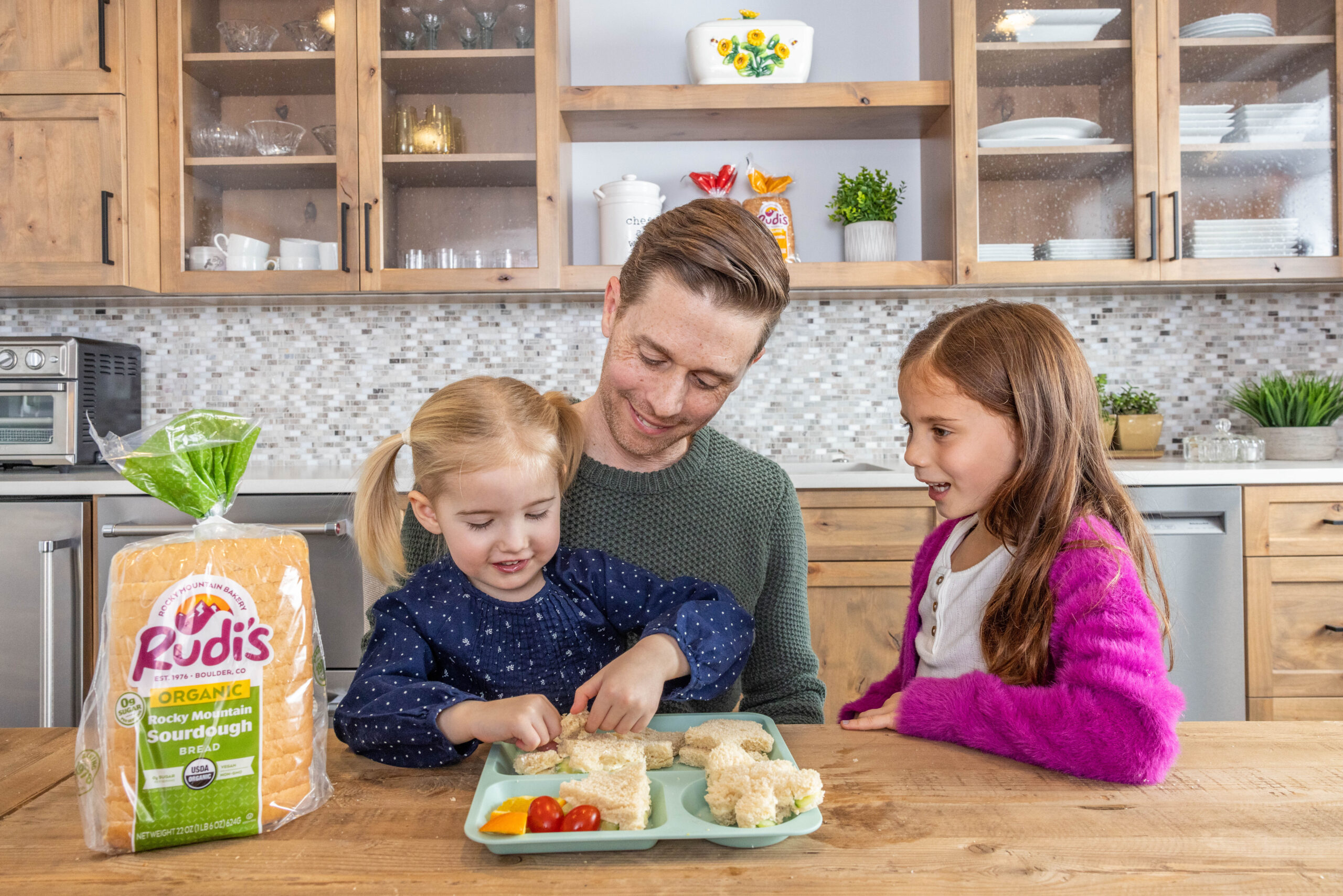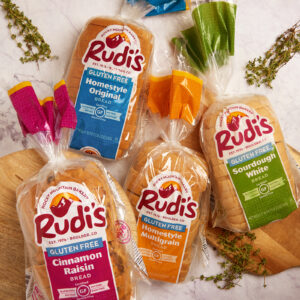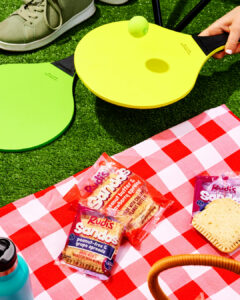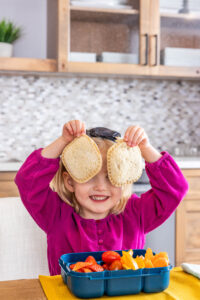Parents will try almost anything to get kids to eat their dinner and try new foods. If you’re at a standstill for what to do, tap into the power of kids’ curiosity. Kids are naturally more explorative than adults, so you can use their intuition to your advantage. Our dietitian Jessie shares some open-ended questions to ask during meal times that get kids more engaged and curious about what’s on their plate.
10 Questions To Ask Kids At Dinner
Work a few of the following questions into your next family meal. Since you don’t want to stifle conversations that come up naturally, work these questions into the flow slowly and not in a rapid fire order. As you expand from this list, avoid asking yes-no questions, and ask them to the adults, too, so kids aren’t the only ones answering. These food questions keep the focus on the meal and encourage kids to get more curious about their bites, options, and preferences.
- If you were to add one thing to this dinner, what would it be and how would you prepare it?
- What are three words you can use to describe the taste of our main dish?
- When you take a bite of [food A] and then a bite of [food B], what differences do you experience?
- What is something you didn’t think you would like, but then you changed your mind after tasting it?
- If you could only eat one type of fruit for the rest of your life, which would it be?
- Does this dinner give you any memories? When have you tasted these foods before?
- What’s your favorite [category of food, ie: vegetable] and how do you like it prepared?
- Name the colors you see in this meal. If you could have a meal made entirely out of [color] foods, what would it include?
- What’s the weirdest food combination you’ve ever tried that turned out to be delicious?
- If you could design your own ice cream flavor, what ingredients would you use?
Kids will love to hear your responses and stories, too. If the flavors or one of the questions reminds you of a childhood story or relatable memory, share that with your family and be open to the follow-up questions they ask. It’s OK to repeat stories or let the conversation flow off topic (this isn’t a meeting), and moments of silence are just fine, too! Before you know it, you’ll have more engaging family meals and perhaps even generate more closeness with those you love.
“ Kids are naturally more explorative than adults, so you can use their intuition to your advantage.”
MORE WAYS TO KEEP KIDS ENGAGED
Here are some ideas designed to pique kids’ curiosity at mealtimes. Instead of adding these ideas for every meal, work them in occasionally so they don’t become mundane.
- Introduce Color: A bright plate, cup, or small bowl is inviting for kids. Use a colorful set of silicone muffin cups to divide portions of the meal, or even forgo the plate and set foods on a brightly colored placemat or tray. Creating a small rainbow of colored foods on the plate (red bell pepper strip, orange carrot strip, yellow cheese slice, green beans, etc) also helps draw kids into the meal.
- Kids Love Quirk: Every once in a while, forgo regular utensils and let kids eat with small food picks (like those from a bento box). Or add interest by cutting foods into fun shapes or spirals. Or shape the foods on the plate into a smiley face or other scene, then eat parts of the picture together.
- Make Them Meal Planners: Ask kids for their input when you write out your meal plan for the week (ie: We’re going to have chicken on Thursday night. What side dishes should we add to that meal?). By including them in the planning process, kids can feel more connected to meals and show up to the table with more enthusiasm.
Further set yourself up for success with some simple dinnertime strategies that work.
THE BOTTOM LINE
You can tap into the curiosity of kids to get them more engaged with food and family at mealtimes. Asking open-ended food questions will keep the focus on the meal and encourage more interest from kids about their bites, options, and preferences. Introducing other novel ideas, such as color, shapes, and fun utensils, can keep meals exciting for kids.
Written by Jessie Shafer.
Jessie is a Registered Dietitian Nutritionist living in Colorado where she splits her time among nearby playgrounds, typing away at her trusty laptop, and heating up her home kitchen with delicious experiments. A former magazine editor-in-chief, Jessie has a long career in food publishing and health writing. She is currently the editor at The Real Food Dietitians and a nutrition consultant through her business crdible.







